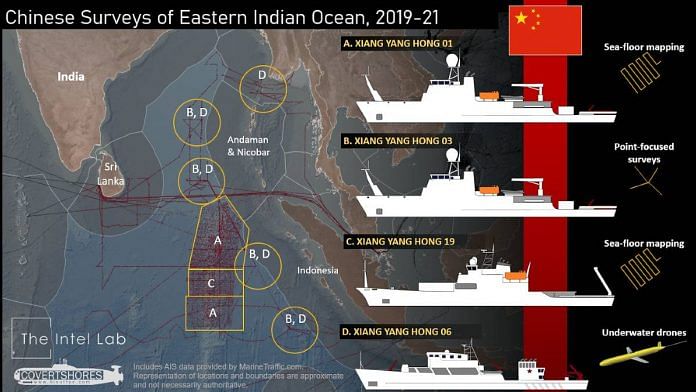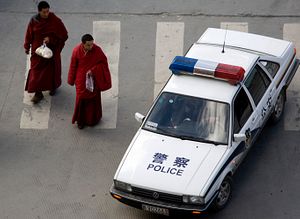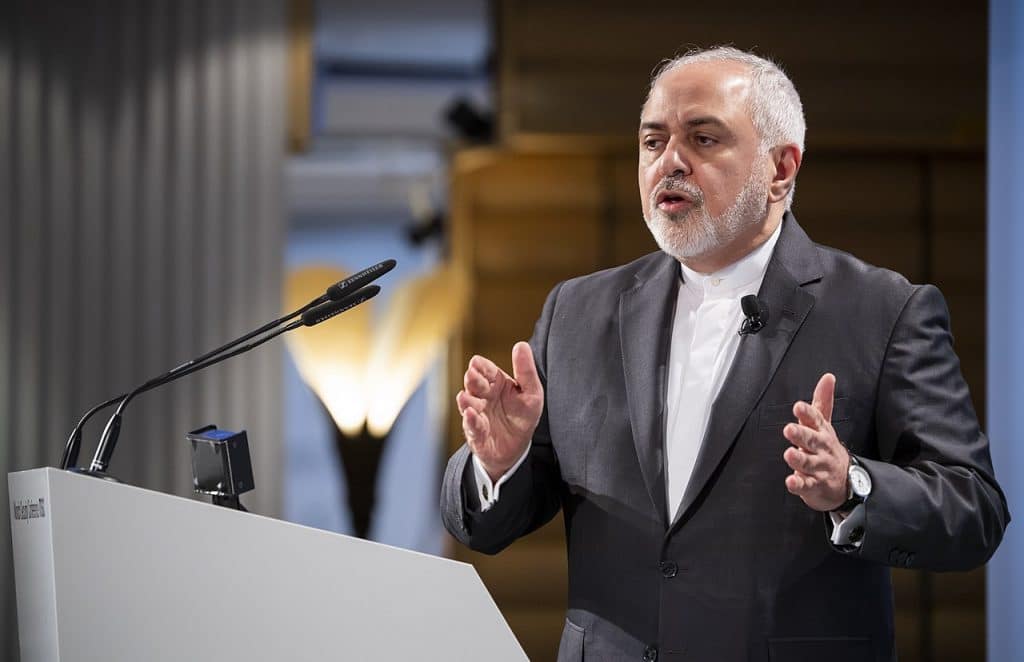Michael Michelini
Excited to share with you this week’s show – we are talking about the future of Asia with our guest who has a lot of resources and amazing insights. Dr. Parag Khanna is based in Singapore and I have read his articles. I learned a few things and got re-inspired. Let’s tune in.
Topics Covered in this Episode
[00:00:00] Episode 342 of Global from Asia and the URL globalfromasia.com/asia-future. Let’s do this talking about the future of Asia. Is it a place to be, or not? Welcome to the Global from Asia podcast, where the daunting process of running an international business is broken down, into straight up actionable advice.
[00:00:26] And now your host, Michael Michelini. All right, everybody. Thank you so much for choosing to download and listen and watch or whatever you do. You know, maybe reading the transcript of globalfromasia.com/asia-future. 342 shows every other week. I kind of feel a little bit reinspired, you know. This whole lockdown is driving me crazy.
[00:00:51] We can’t even get things delivered here from other cities within China. Like my wife loves buying on these Taobao sites and everything, but delivery, People don’t even come here. So it’s, it’s really not. So like we have to find local delivery now they. At least I’m not doing a COVID tests.
[00:01:13] At least let’s keep hoping and you know, just excited to share with you this week’s show. We have a great guest. I, I read his articles. He’s got books, he’s got lots of resources. He is based in Singapore. Parag Khanna and he had some really amazing insights. It gets me reinspired too about being in Asia, being based, doing business cross border trade, you know, is this the right place to be in this conversation?
[00:01:40] So, so was obviously a little bit biased, but we talk about, he talks about reasons why the war for talent, you know, the up to rising of, of developing countries in Asia and things like that. It’s pretty cool. I learned a few things and it got me reinspired so definitely check out the show. We will go through this.
















